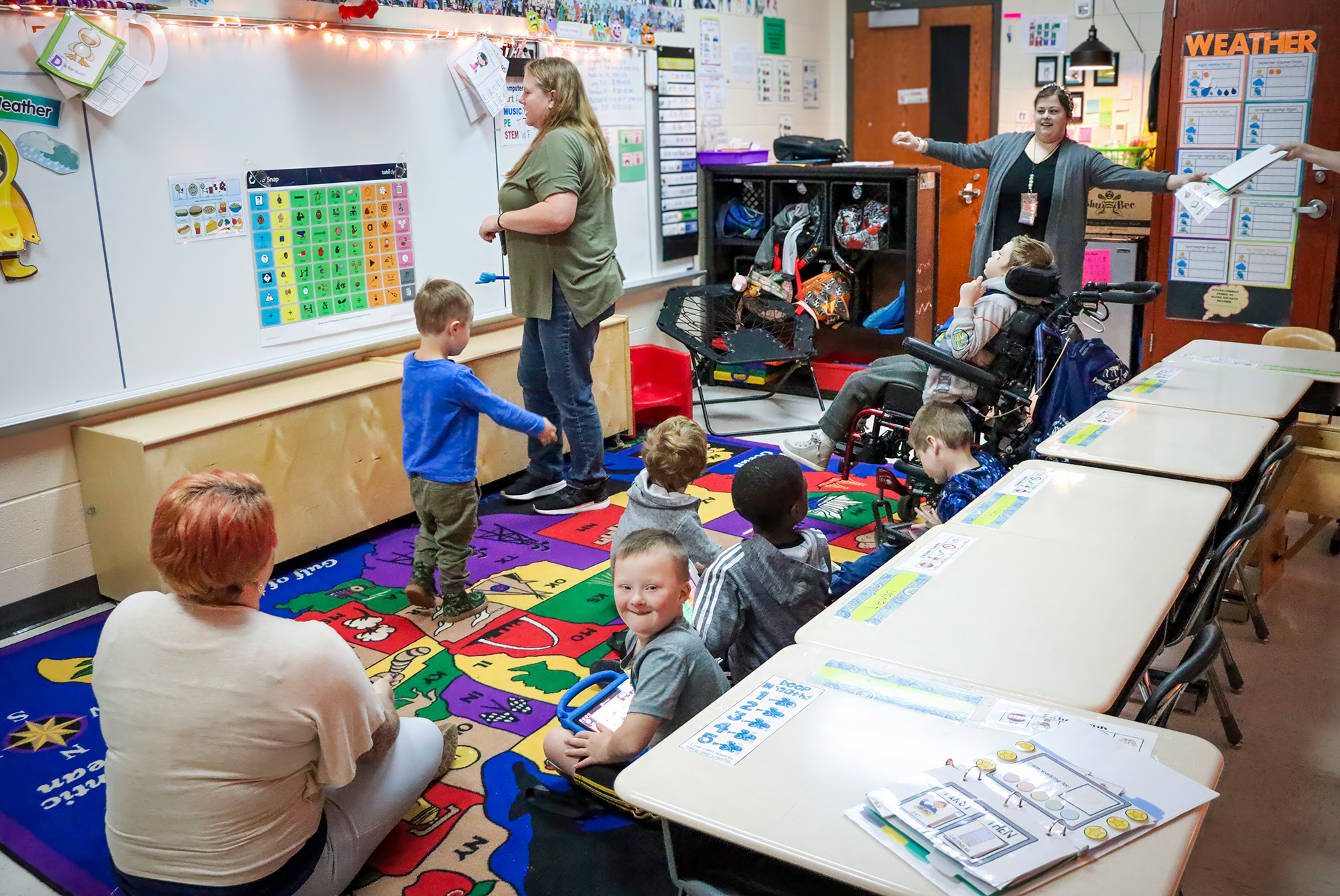When we asked teachers and SLPs what they needed most to support their students using AAC, the overwhelming answer was simple: “Materials!”
Teachers already know their curriculum. They know how to teach. They know their students. What’s new—and sometimes daunting—is adding AAC and communication support into that mix. Our goal at DTA Schools is to make AAC easy, commonplace, and integral to daily classroom routines and learning environments.
Anchoring in Research: Guskey’s Insights on Change
Thomas R. Guskey’s work on professional development is widely cited in education. In Evaluating Professional Development and related writings, he emphasizes that teachers are more likely to adopt new practices when they begin with a concrete strategy they can implement immediately, see early gains in student performance, and gradually build confidence that the change is worthwhile. (Guskey also frames professional development evaluation in terms of multiple levels—from participants’ reactions to ultimate student learning outcomes)
In other words: change is more sustainable when it’s scaffolded—not by pushing complex initiatives all at once—but by helping teachers succeed early, visibly, and meaningfully.
That insight shaped how we built DTA Schools. Rather than expecting teachers to adopt sweeping new systems overnight, we start with the building blocks they asked for: ready-to-use materials, planning supports, communication tips. Teachers can embed these tools within their existing routines—and begin witnessing student progress immediately.
Why This Matters
When AAC is woven into everyday instruction, not as a separate “extra,” we see several positive shifts:
• Students engage more frequently in real communication across contexts.
• Teachers and SLPs naturally model AAC within content lessons (reading, math, science, routines) rather than confining it to isolated sessions.
• Classrooms begin to view AAC not as an add-on but as part of the fabric of learning and interaction.
Over time, this is how inclusive, communicative environments become the norm—not the exception.
A Limited-Time Invitation
To make it easier for schools to experiment with this approach, we’re offering 25% off annual membership to our resource site through October 10th, 2025. Use code AACaware at DTAschools.com to take advantage.
But more than anything, I hope this post offers something you can carry into your planning, instruction, or conversations: that change in AAC practice is most enduring when it begins with what teachers already value—materials, clarity, early success—and then grows from there.

















